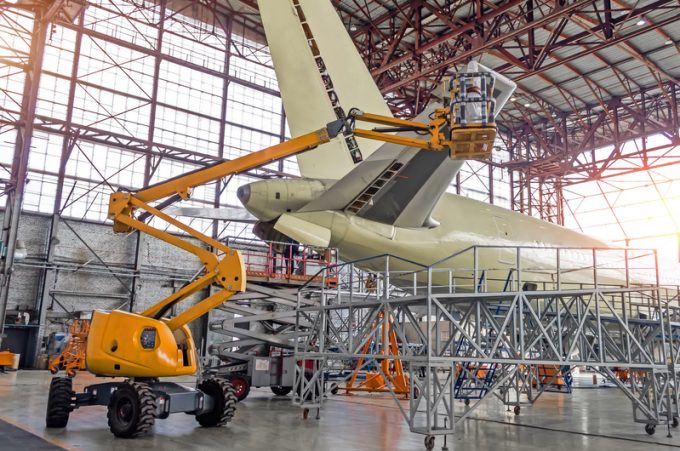Fewer freighter conversions, despite feedstock availability and demand
IBA’s latest freighter market data has revealed that aircraft conversions have declined, while feedstock prices ...

Buoyed by strong passenger demand, airlines have ramped up their schedules aggressively for the summer season, but they may get tripped up by a lack of functioning aircraft.
Supply chain problems in the aerospace sector are hobbling aircraft output and causing carriers to resort to desperate measures to keep their planes in the air – and the problem is not going away soon.
All parts of the industry – from carriers and manufacturers to maintenance and repair firms and conversion outfits – ...
Keep our news independent, by supporting The Loadstar
Volume surge and an early peak season? 'Don't celebrate too soon,' warning
Container spot rates diverge: to Europe still falling, but firmer to the US
Ecommerce likely the front-runner in resurge of transpacific trade after deal
Hapag-Lloyd won't take bookings if port congestion leaves cargo stranded
China-US trade tariff pause could drive a rebound for transpacific rates
Shippers should check out the 'small print' in China-US tariff cuts
Service chaos from trade ban with India a problem for Pakistan shippers
Carriers impose 'emergency operation' surcharges on Pakistan cargo
Airfreight rates ex-China 'loss-making', but hopes of a trade deal stay high
Serious threat to jobs in US logistics as tariffs cause economic 'stagflation'
15% rebate for box ships as Suez Canal Authority woos carriers
White House u-turns see freighters flying but keep logistics players on their toes
MSC in terminal switch as Nhava Sheva gets strong start to new fiscal year
Peak season or recession? Forwarders and shippers need to 'stay flexible'
Volga-Dnepr claims 'pirate' Canada has 'hijacked' its stranded aircraft


Comment on this article
Pichuiyer Balasubramanian
April 28, 2023 at 5:02 pmSo, a grand opportunity awaits more entrepreneurs?